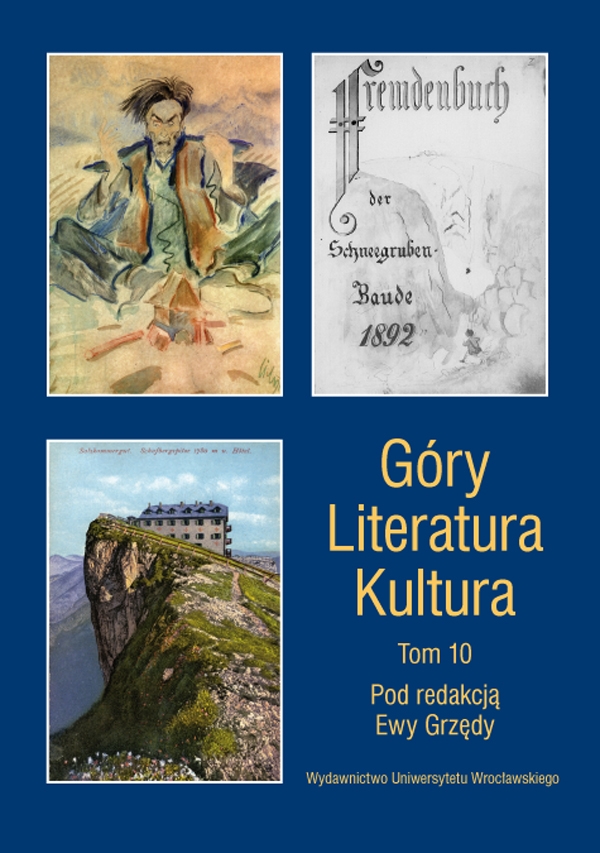

Rozprawy, studia, szkice

The symbolic and mythical mountains of the Kashubians. Their role in Kashubian culture and literature from the 19th century till the inter-war period
The geographical location within the Kashubian region is of particular significance for the symbolic role of mountains and hills in the regional identity building. The most important of them, described in the literature and journalistic writings, are to be found in the current Kashubian language area, mostly in its geographical centre, primarily in Kashubian Switzerland and Kashubian Lake District. The exception is Rowokół, which is not located centrally. This mountain symbolically marks the border of the area in which the Kashubian language is used and which was settled by the Kashubians in the modern period. It even symbolises a retreat of the language as well as the decline of the Slovincian language. However, it is this particular mountain which since the 19th century has been associated with relatively new content mixed with older religious and folk tradition.
The mountains and hills appearing in the Kashubian literature in 1880–1930 probably never existed only for themselves and in themselves. They were always part of a broader picture of Kashubia. The contribution offers a typology of four groups of symbolic relevant hills and mountains, accordingly to their function in the Kashubian discourse and tradition: 1. abstract imagination of a “hilly landscape” as typical for the Kashubian country; 2. groups of hills with similar names and connected to similar folklore or literary traditions; 3. unique mountains with special significance for the all-Kashubian discourse; 4. hills as Kashubian places of pilgrimage.